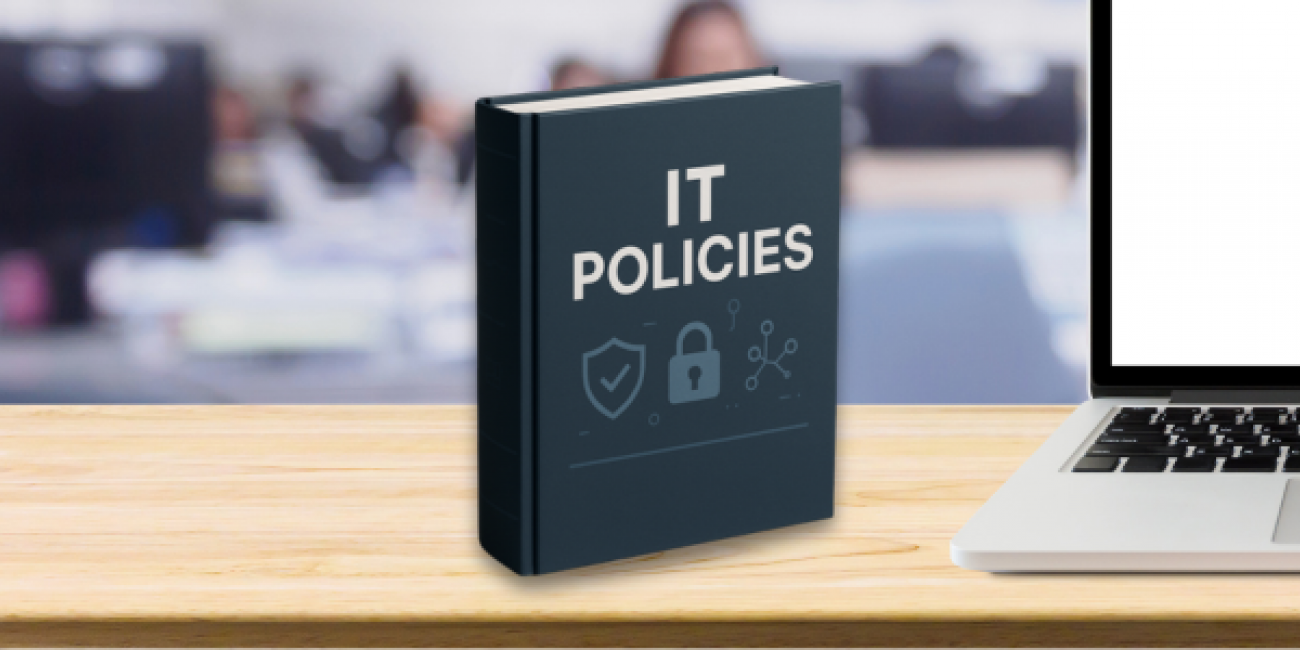How to Build IT Documentation That Actually Gets Used: 2025 Checklist

IT documentation is more than paperwork. It is your playbook for security, compliance, and business continuity. With new 2025 rules like HIPAA’s MFA requirements, PCI DSS 4.0’s nonstop risk monitoring, and tougher privacy laws, your documentation must be clear, accessible, and actionable. Use this checklist to create IT documentation your team will actually use and that keeps your business protected.
1. Centralize All IT Policies and Procedures
Store every policy, including passwords, device use, and incident response, in one secure, cloud-based location. Make sure staff can easily find and use what they need.
Why it matters:
Centralized documentation means no more confusion or outdated copies. Your team always knows where to look.
Pro tip:
Organize by topic and set permissions so only the right people can edit sensitive documents.
2. Write for Real People
Keep language simple and instructions step-by-step. Use screenshots or short videos for tricky processes.
Why it matters:
Clear, actionable documents are more likely to be followed, especially during a crisis.
Pro tip:
Turn critical procedures, like onboarding, incident response, or patching, into easy-to-follow checklists.
For expert IT guidance, see SkyViewTek’s IT Support & Consulting.
3. Assign Owners and Schedule Reviews
Every document needs a responsible owner and a set review date, especially after regulatory changes. Automate reminders and reviews with SkyViewTek’s Proactive IT Maintenance.
Why it matters:
Assigned ownership keeps your documentation up to date and relevant, reducing compliance risks.
Pro tip:
Set automated reminders for quarterly reviews and after major IT or compliance updates.
4. Train and Test Your Team
Walk staff through key policies. Use short quizzes or tabletop exercises to ensure everyone knows what to do.
Why it matters:
Training turns documentation into a living resource, not just shelfware.
Pro tip:
Simulate real-world incidents, like a data breach, to test your team’s readiness.
5. Document Compliance Activities and Evidence
Keep detailed records of compliance steps, MFA rollouts, risk assessments, vendor reviews, and incident responses. Store evidence for audits.
Why it matters:
Detailed records prove you are meeting HIPAA, PCI DSS 4.0, and state privacy law requirements, protecting you from fines and audits.
Pro tip:
Create a compliance evidence folder and update it after every key activity.
Do not let weak documentation put your business at risk
Follow this checklist to keep your IT policies clear, current, and actionable in 2025. Don’t risk chaos or costly mistakes. If you want documentation your team will actually use, SkyViewTek is ready to help.